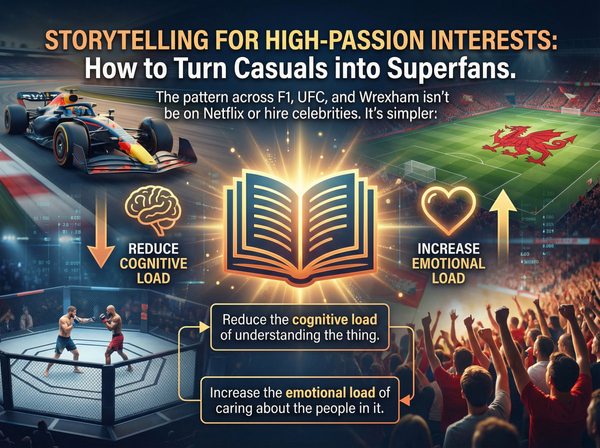Introductory Offers: Lead Magnets & Low-Ticket Products
How do you stand out and capture the attention of potential buyers?
An effective strategy is using introductory offers to attract, engage, and upsell.
Whether it’s a free or a budget-friendly low-ticket offer, these strategies act as a welcoming handshake inviting prospects into the ecosystem.
Why Do Introductory Offers Work?
Introductory offers are strategic tools that:
- Break Through the Noise: Free guides or $10 templates cut through the clutter of endless ads for expensive products.
- Build Trust: Delivering value upfront shows you’re credible, not just transactional.
- Qualify Leads: Those who grab the introductory offer are signaling interest, making them warmer prospects for the core offer.
- Lower Risk: A low-cost trial or sample reduces hesitation for first-time buyers.
Introduction to Lead Magnets
What is a Lead Magnet?
A free resource (ebook, template, sample) exchanged for contact info. It’s the top of funnel product that is trying capture prospects information.
Why They Are Effective:
- Grow your email list with engaged subscribers.
- Position you as an expert (Look how much value I provide, for free).
- Helps segment audiences based on their interests (e.g., a skincare brand offering a Acne Solutions Checklist vs. Anti-Aging Guide).
Examples That Convert:
- Ebooks/Guides: 7-Day Meal Plan for Sales Professionals.
- Templates: Social media calendar, budget spreadsheets.
- Webinars: SEO Secrets for Small Businesses.
- Free Trials/Sample: 7 days of a fitness app or access to limited features.
Example: A life coach offers a free 30-Minute Productivity Hack video course. Subscribers get actionable tips while the coach builds a list of time-strapped professionals - perfect for promoting their $500/month coaching program later.
Low-Ticket Offers: The Gateway to Bigger Sales
What is a Low-Ticket Offer?
An affordable product/service ($5–$100) that’s easy to say yes to. Think of it as a the test drive for your brand.
Why They Work:
- Turn free users into paying customers.
- Showcase your quality without asking for a big commitment.
- Offset ad costs (e.g., a $10 template sale covers part of the Facebook Ad spend).
Examples That Sell:
- Mini-Courses: Instagram Reels Mastery in 3 Days ($27).
- Samples/Trial Kits: Travel-sized skincare for $5.
- Digital Assets: Canva templates for bloggers ($15).
- Consultations: A 30-minute Website Audit for $49.
Example: A copywriter sells a $27 Email Subject Line SwipeFile. Buyers love the results, then upgrade to a $1,500 email marketing package.
The Upsell Path: From Intro Offer to Core Offer
The magic happens when you guide customers from their first purchase to your premium, core offerings. Here’s how:
- Overdeliver on the Intro Offer: Surprise them with bonus tips or unexpected value. A free checklist? Include a video tutorial.
- Nurture with Email: Share success stories, case studies, and gentle reminders about your core offer.
- Segment Your Audience: Tailor upsells based on behavior. Did they buy a $10 resume template? Pitch a $200 LinkedIn Optimization Service.
- Time It Right: Wait until they’ve experienced the intro offer’s value. No hard sells on day one.
- Make Upgrading Effortless: Love the template bundle? Here’s how our custom design service can 10x your brand.
Tip: Use scarcity or exclusivity in your upsell. Join our VIP membership (only open to template customers).
Action Plan
By combining lead magnets with low-ticket gateway products, you build trust, gather data, and prime prospects for bigger purchases.
Your Action Plan:
- Audit your audience: What’s their #1 pain point?
- Create a lead magnet that solves a part of it (e.g., 1 step of many).
- Design a low-ticket offer that leaves them craving more.
- Map out a nurturing sequence to guide them to your core offer.
Keep Crushing!
- Sales Guy

